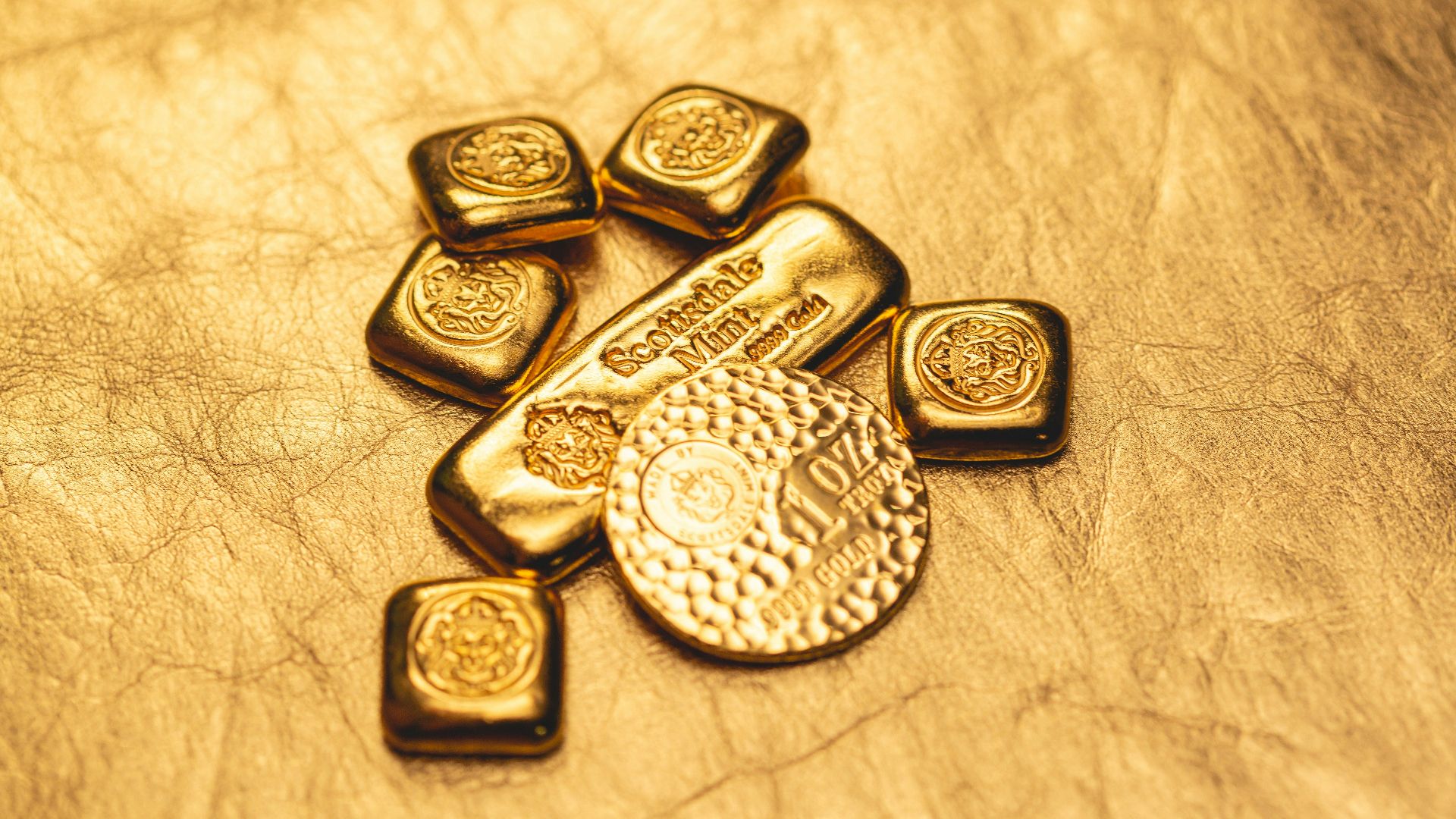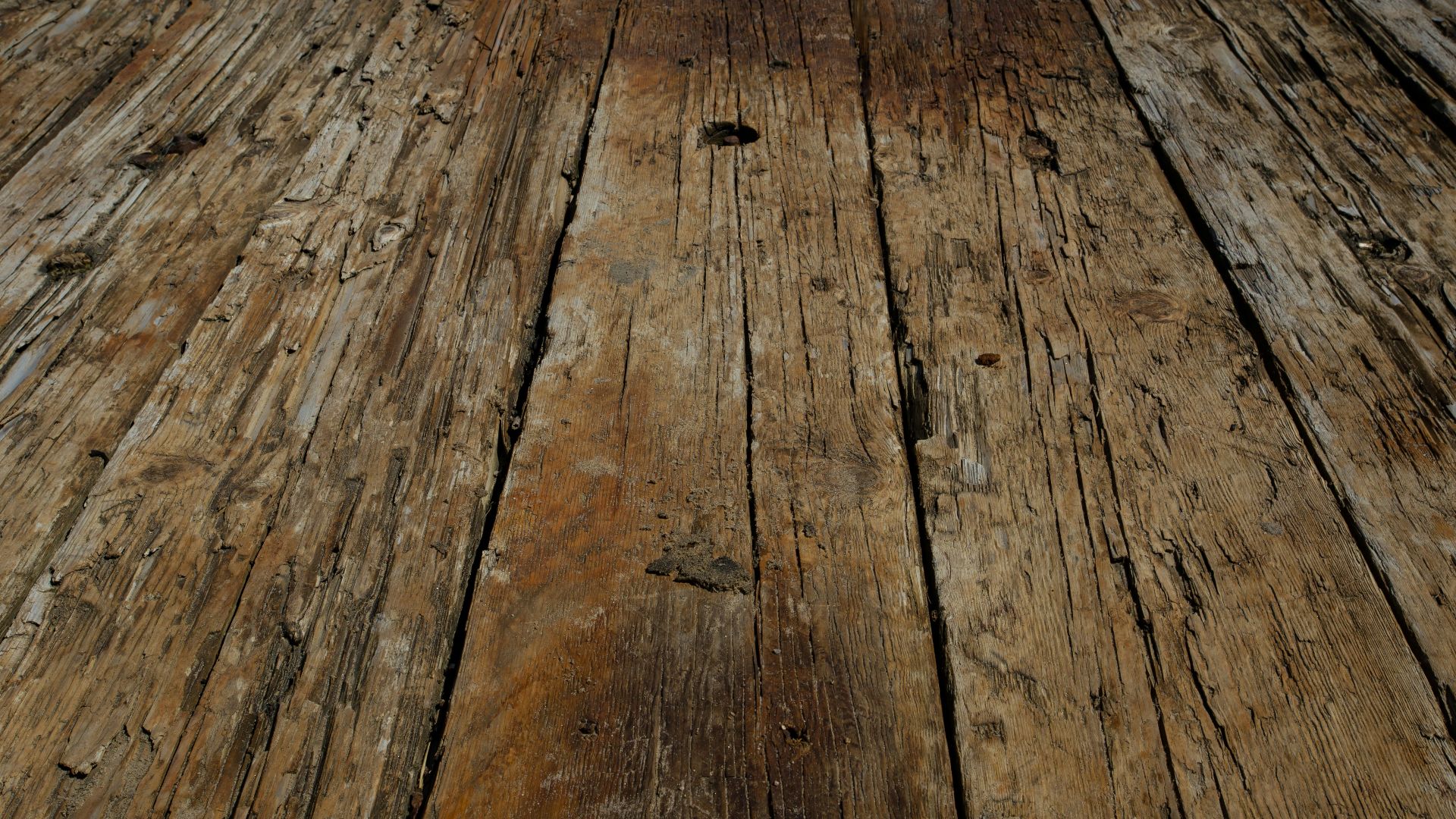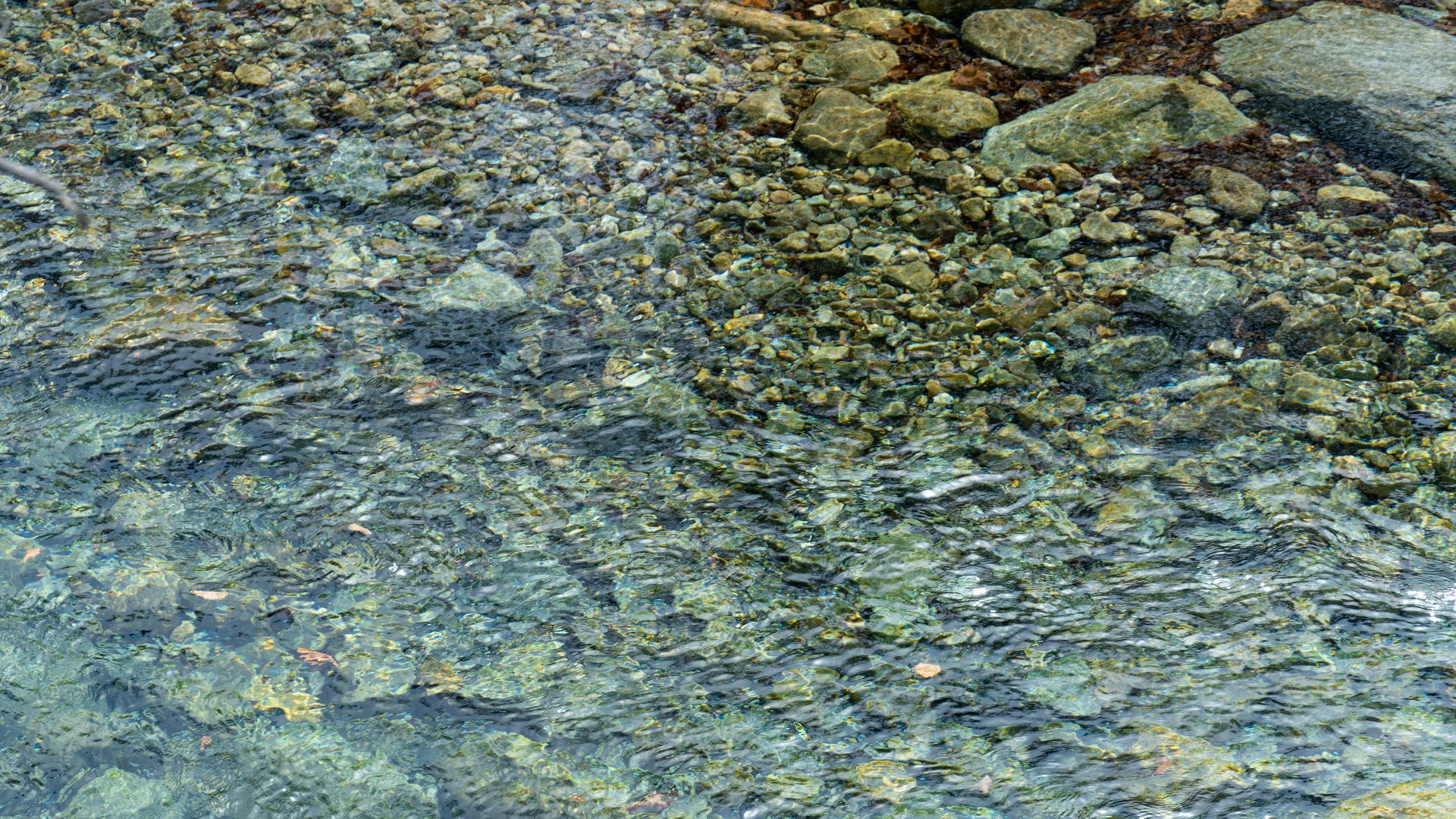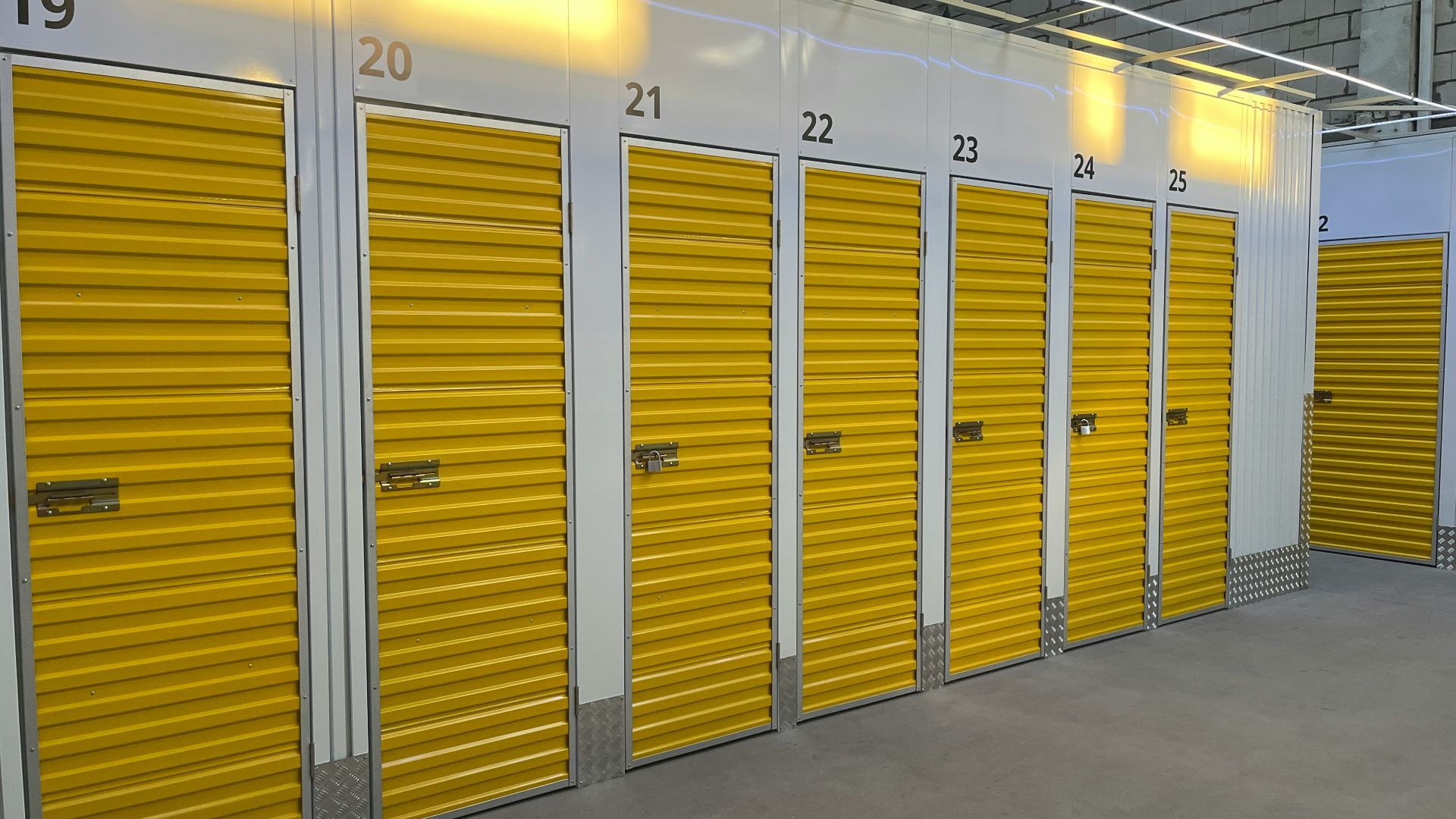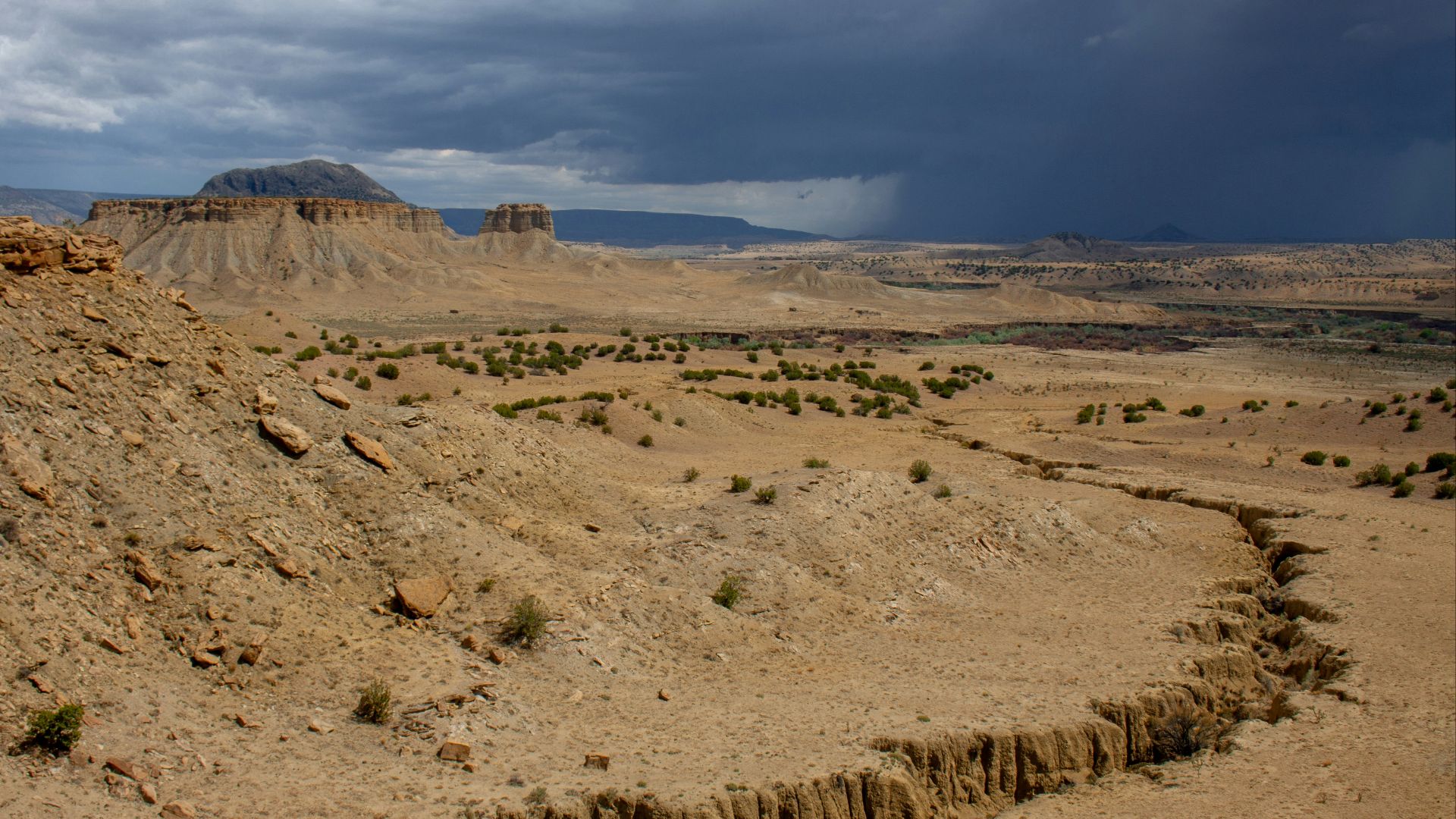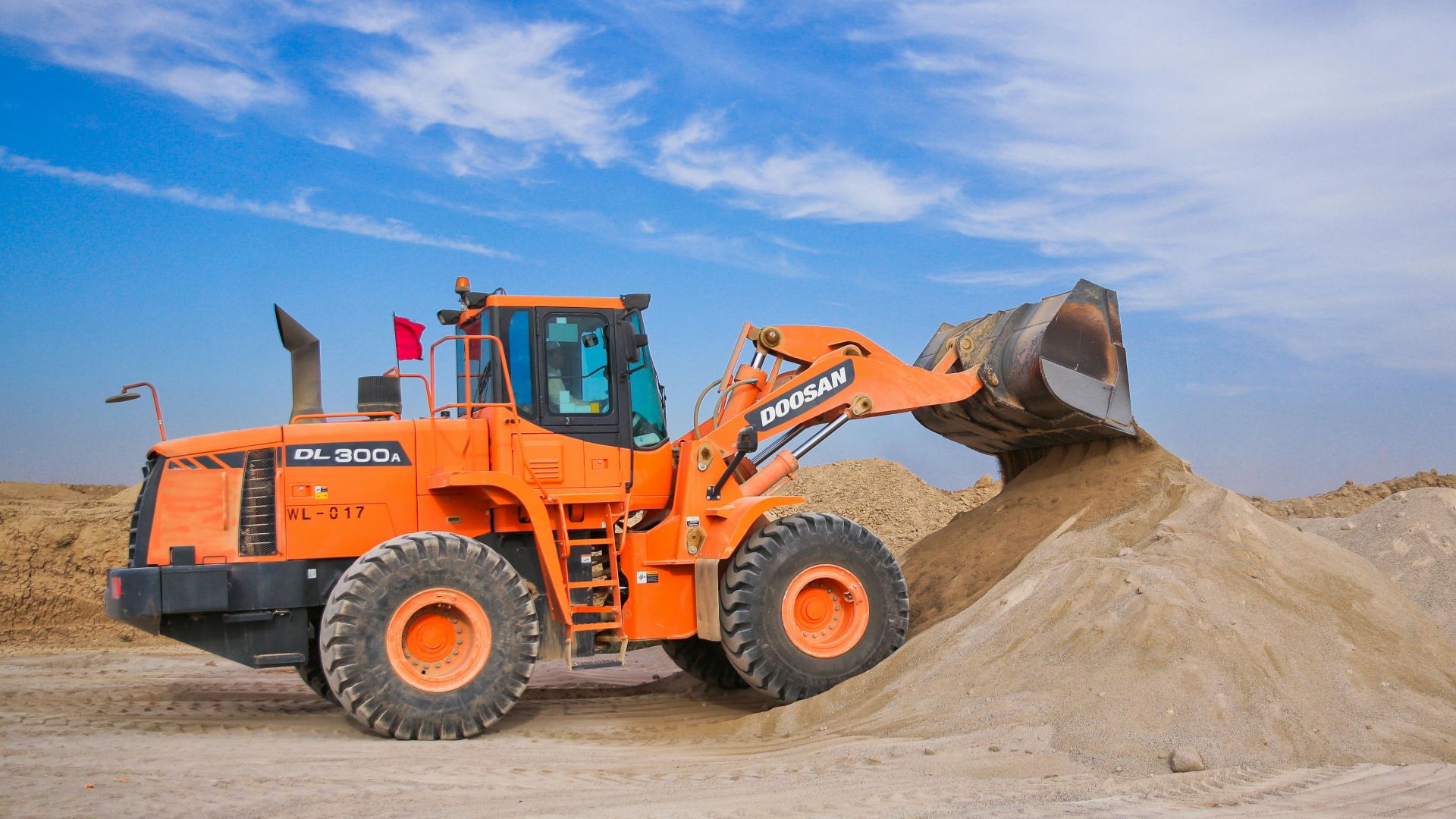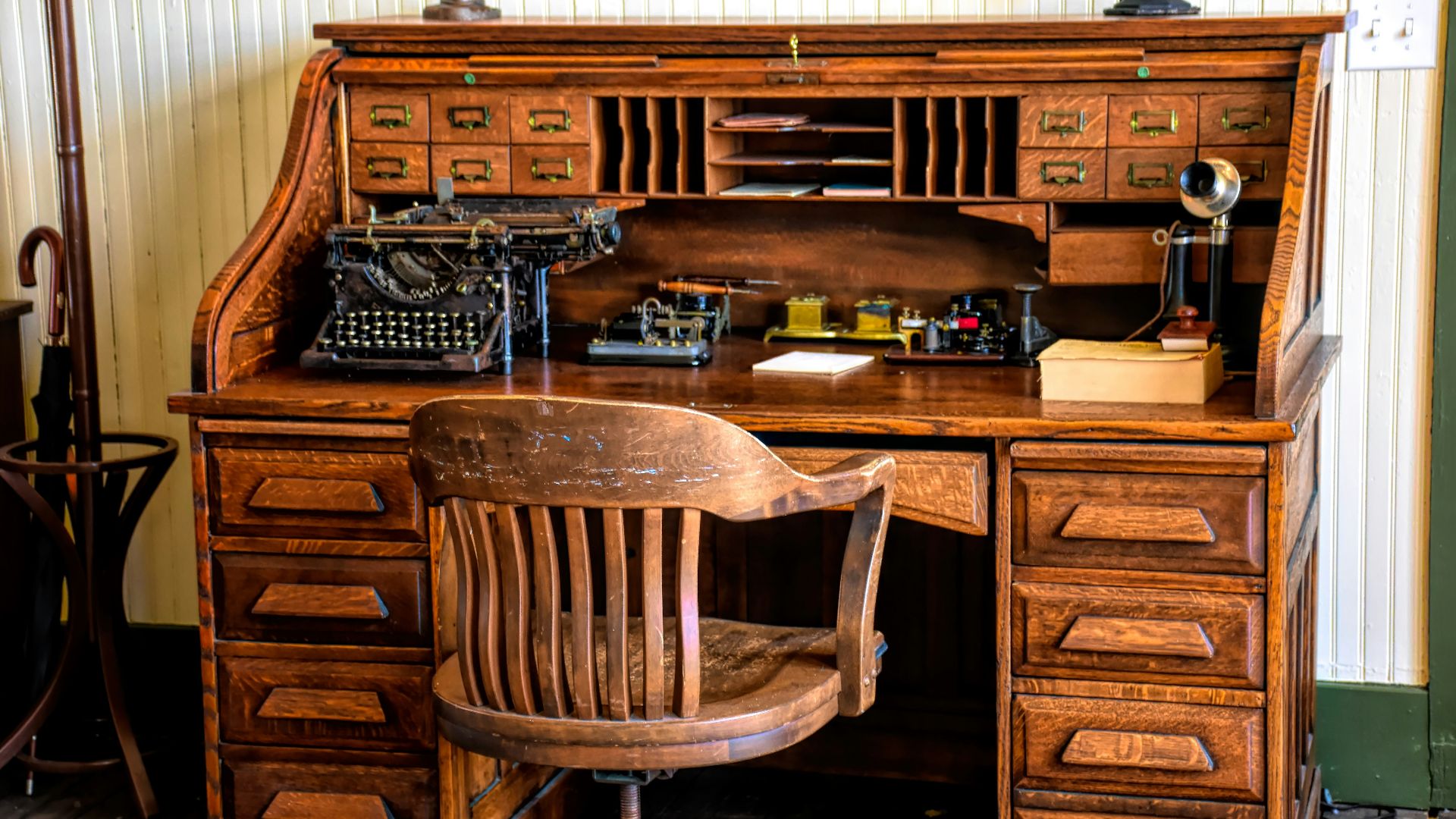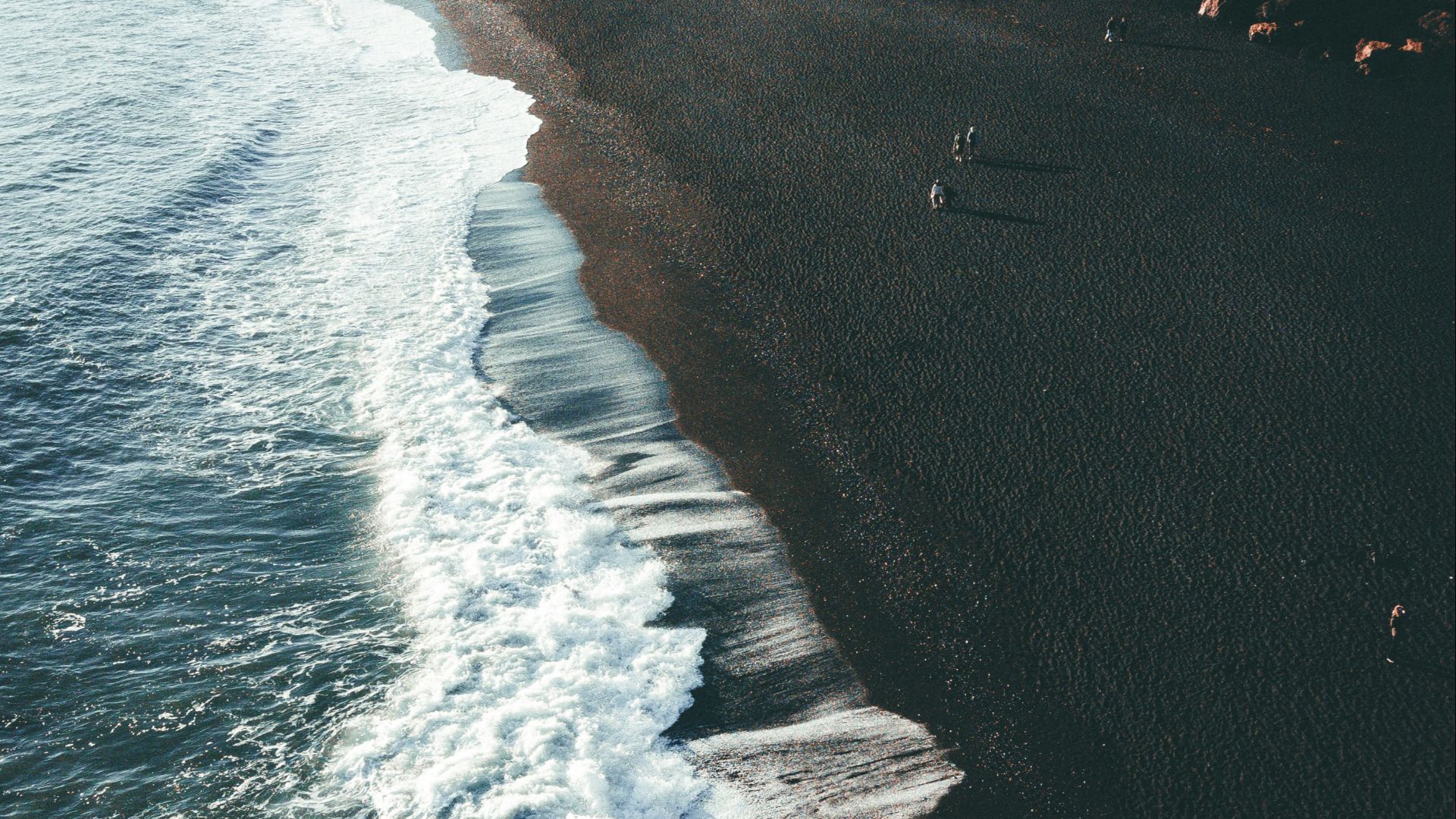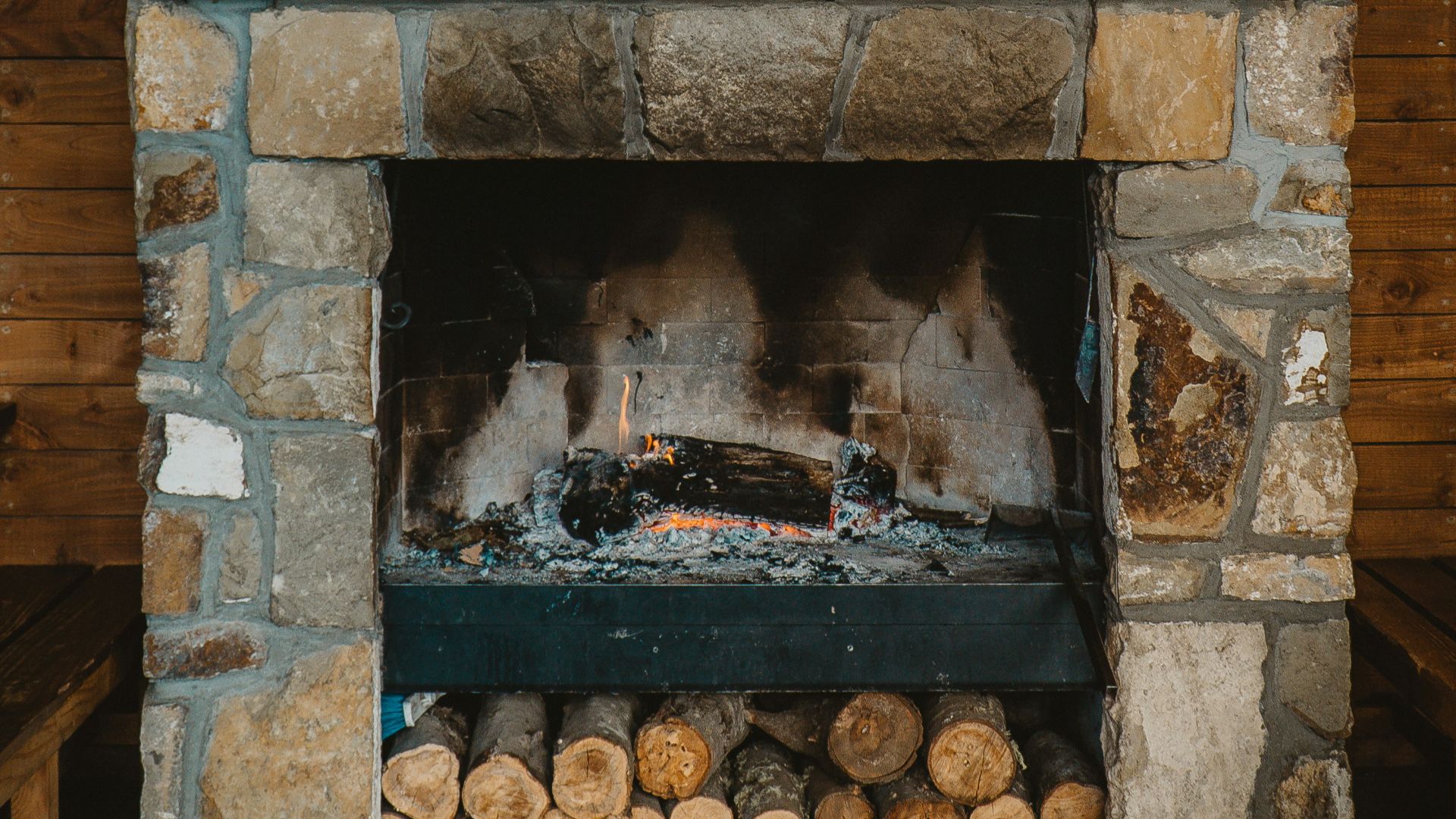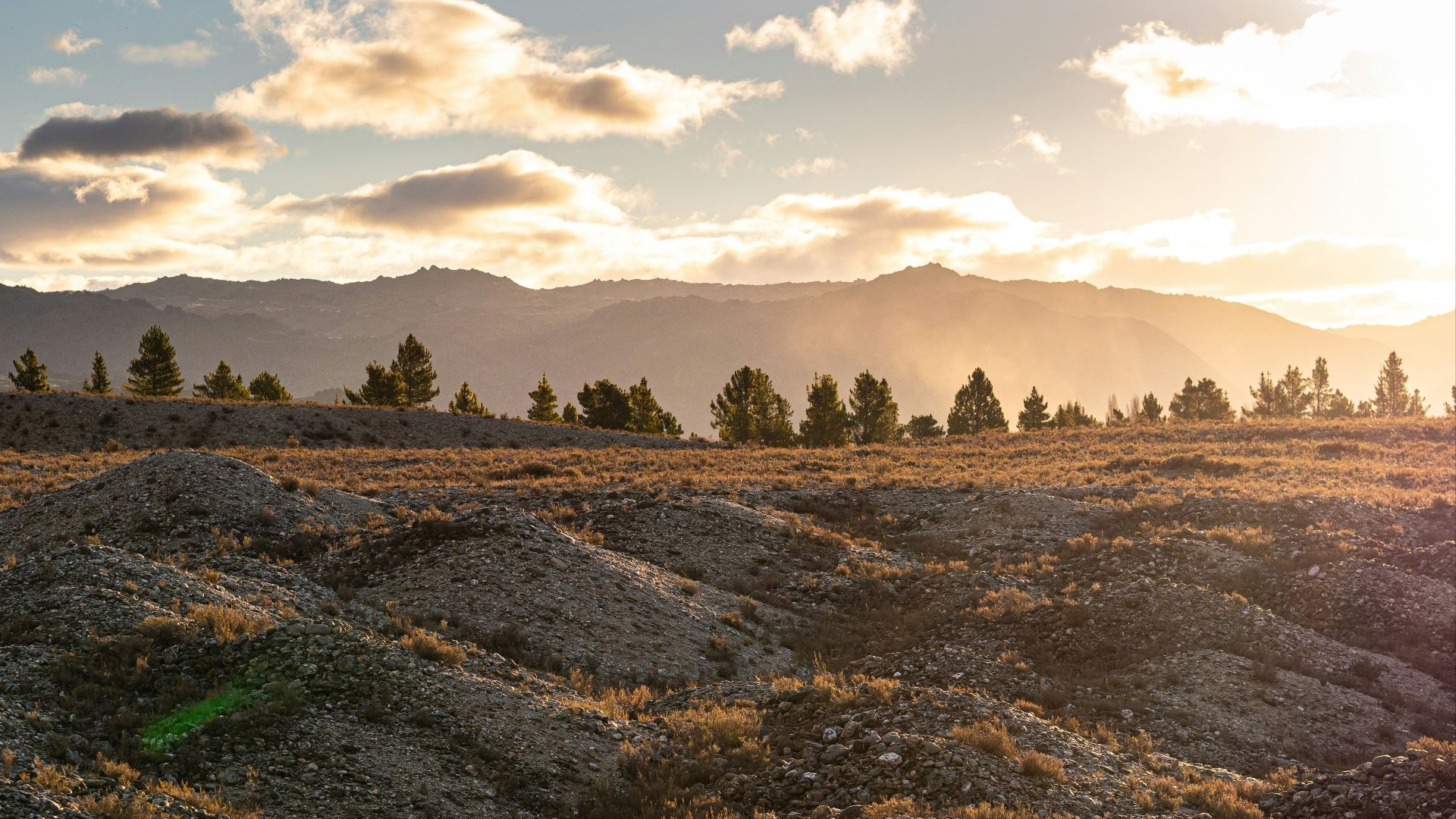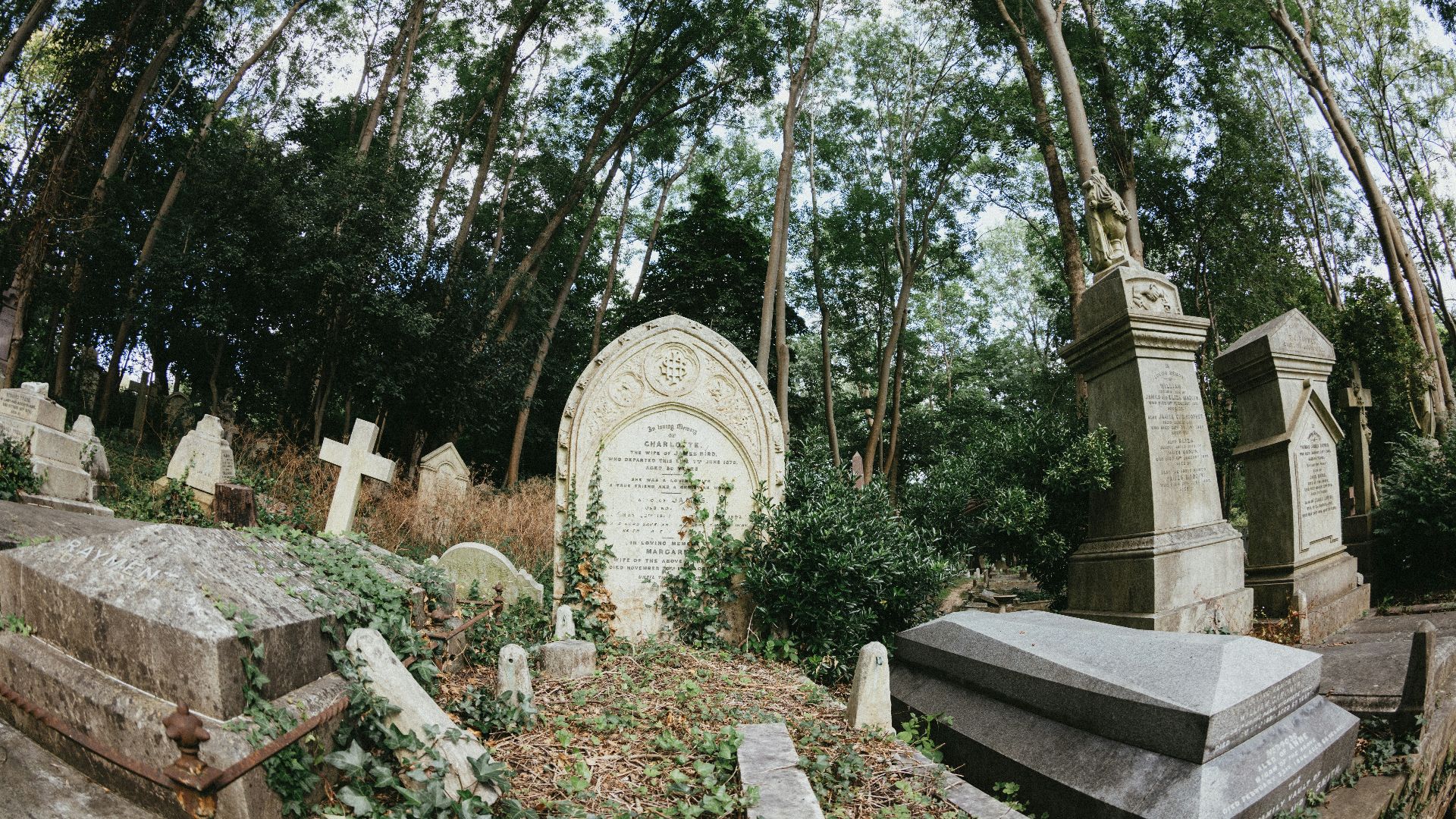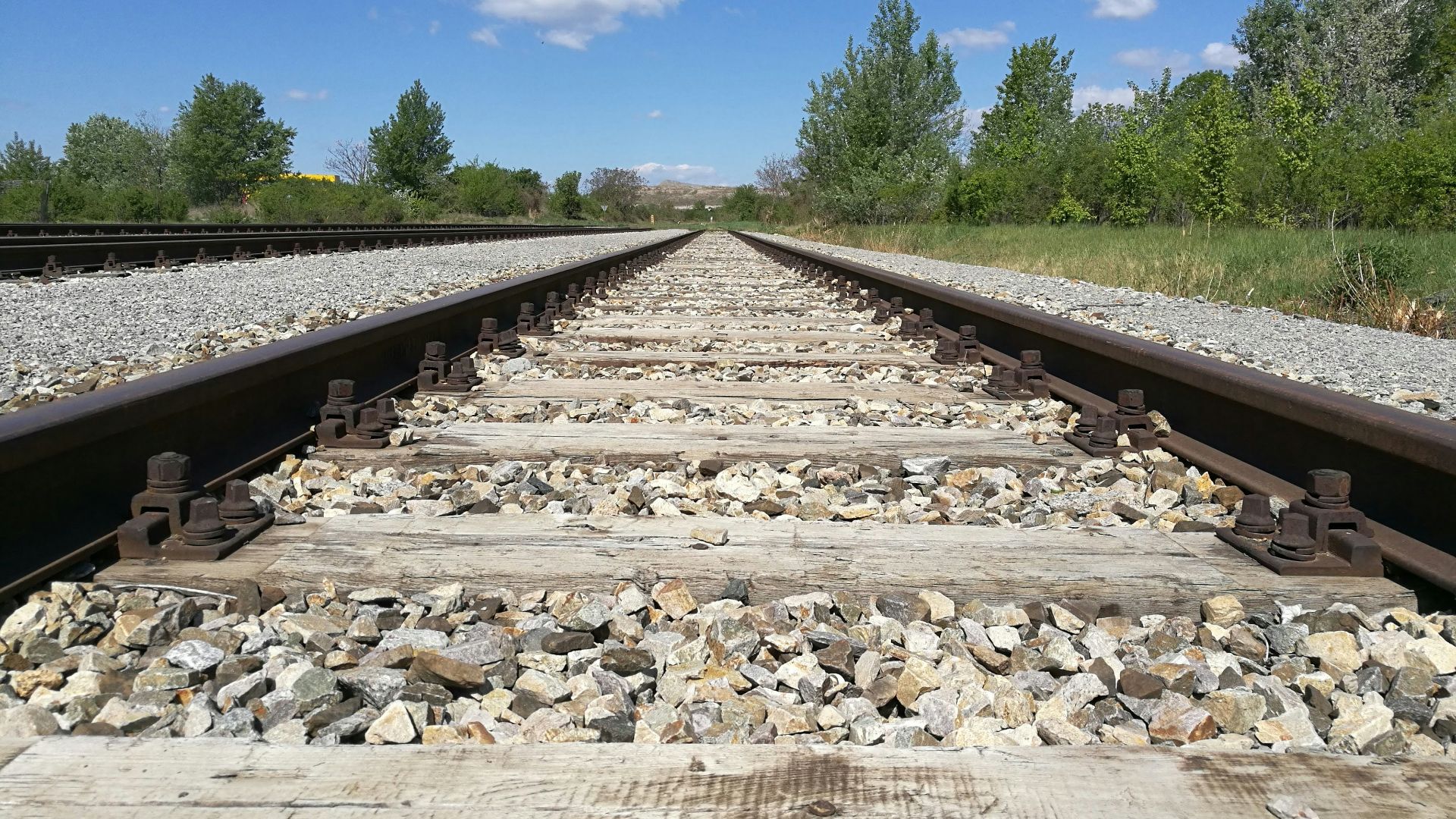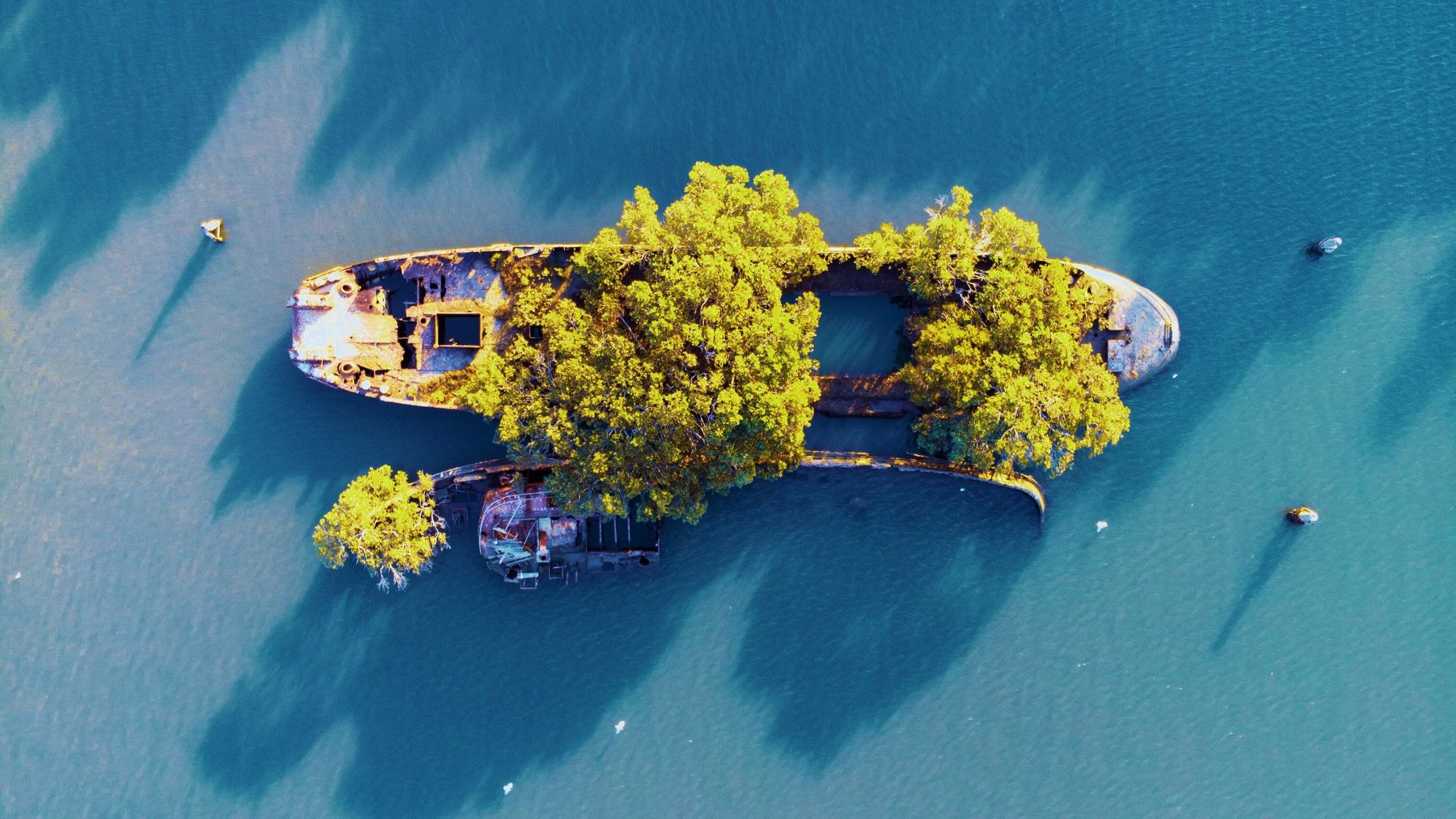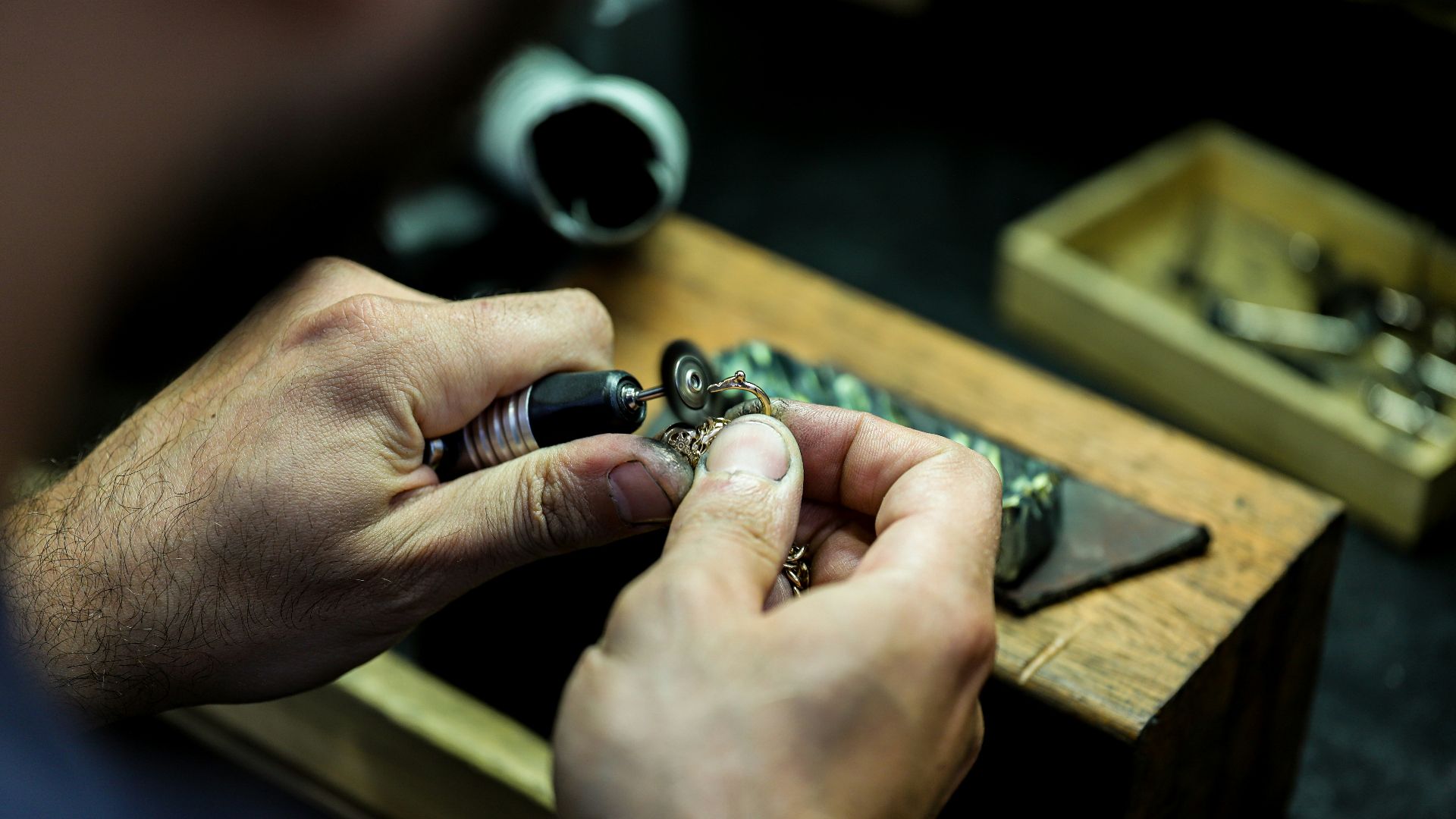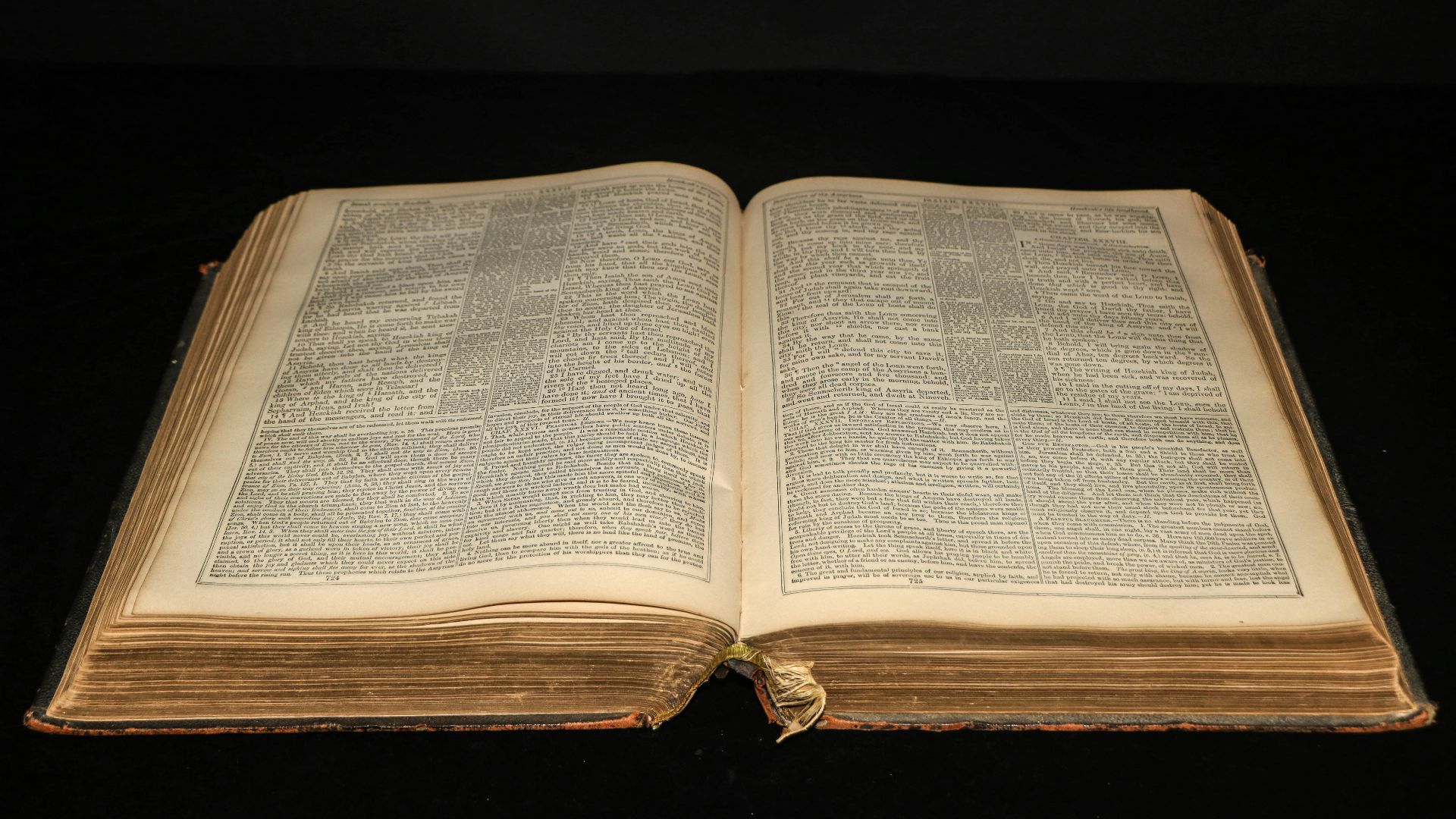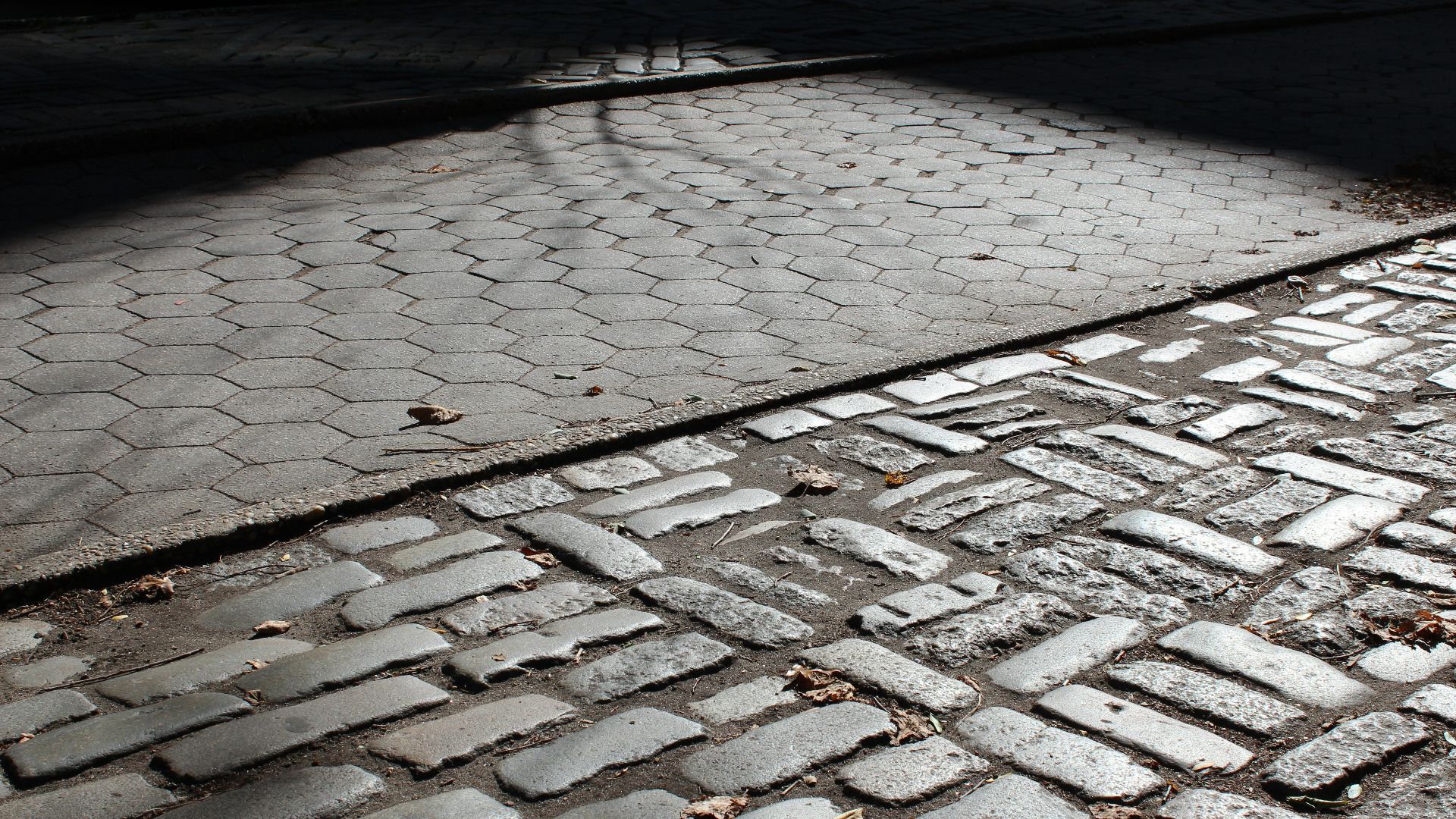Not All Treasure Maps Are Drawn on Paper
Gold fever is a powerful motivator and has influenced countless thousands to leave house and home and set off into the wilderness in pursuit of riches. Gold reserves have been found in riverbeds, tucked into hillsides, and even hiding under the floorboards. People chase it, lose it, guard it fiercely, or simply forget where it was left. Some places are obvious—old mines, famous rivers. But others? They’re more subtle, tucked into the edges of everyday life, waiting for someone with sharp eyes or just a little luck. Here are twenty spots where gold sometimes hides in plain sight, shimmering quietly while everyone hurries past.
1. Beneath Old House Floorboards
Renovation crews have lifted planks and found rolls of coins wrapped in oilcloth. This is especially the case in homes from the 1800s, when people distrusted banks and chose to keep their riches close at hand.
2. Gravel Bars of Western Rivers
In areas with swift-moving rivers over gravel beds, flakes and nuggets settle due to their heavy weight. In places across California, Alaska, and the Yukon, prospectors still pan the gravel from the river, just like the previous generation.
3. Abandoned Storage Lockers
When people forget or move away, the owners of the storage facilities eventually offer up the contents for auction. Gold coins, jewelry, and even the occasional bullion bar have been pulled out by the highest bidder.
4. Dry Desert Washes After Storms
Flash floods scour Arizona gullies, shifting rocks and sand. The water drops out fast, leaving behind flakes of gold and the occasional nugget. Many modern prospectors make a point of going to search for gold after a monsoon.
5. Playsand From Home Depot
Believe it or not, some hobbyists have panned bags of commercial playsand and struck gold. Tiny flakes of gold are mixed in as part of natural deposits in the sand. There’s not enough to make a profit on the bag, but the sparkle is real, and it’s enough to make you double-check every scoop.
6. Secret Drawers in Antique Desks
Furniture makers built clever compartments to help the owners keep their precious goods hidden. Whether it’s in a false bottom or hidden panel, a few estate sales have turned up Civil War–era coins sealed in walnut desks, untouched for generations.
7. Volcanic Black Sand Beaches
Black sand often contains gold, so in areas like Hawaii, Iceland, and the Canary Islands, this dark sand is the focal point for a great many amateur gold seekers. Prospectors with sluices or detectors sometimes recover surprising amounts along tidelines no one pays attention to.
8. Behind Stone Fireplaces
Mortared bricks made natural safes back in the day. Families often sealed purses of coins behind hearthstones, intending to return. Oftentimes, the owner died unexpectedly or circumstances prevented them from returning, leaving the gold behind for future generations to discover accidentally.
9. Mining Tailings From the 1800s
Old mining methods were crude and missed tiny flakes of gold. Piles of “waste” rock around Nevada and Colorado mines are now worth reworking with modern methods. You know what they say about one man’s trash being another man’s treasure? Well, in this case, it’s literally true.
10. Hollowed-Out Trees
Believe it or not, prospectors—and sometimes outlaws—cached gold in trunks or stumps. A few finds have been reported by people cutting firewood and splitting open a log to find an old tin box rattling with coins or nuggets from the last gold rush.
11. Creek Bends in the Rockies
Sharp turns in the river slow the current and create a natural nook for gold to accumulate in the cracks under the icy water. It’s best to bring a wetsuit if you go searching for placer gold in the river, or else you’ll succumb to hypothermia in a hurry.
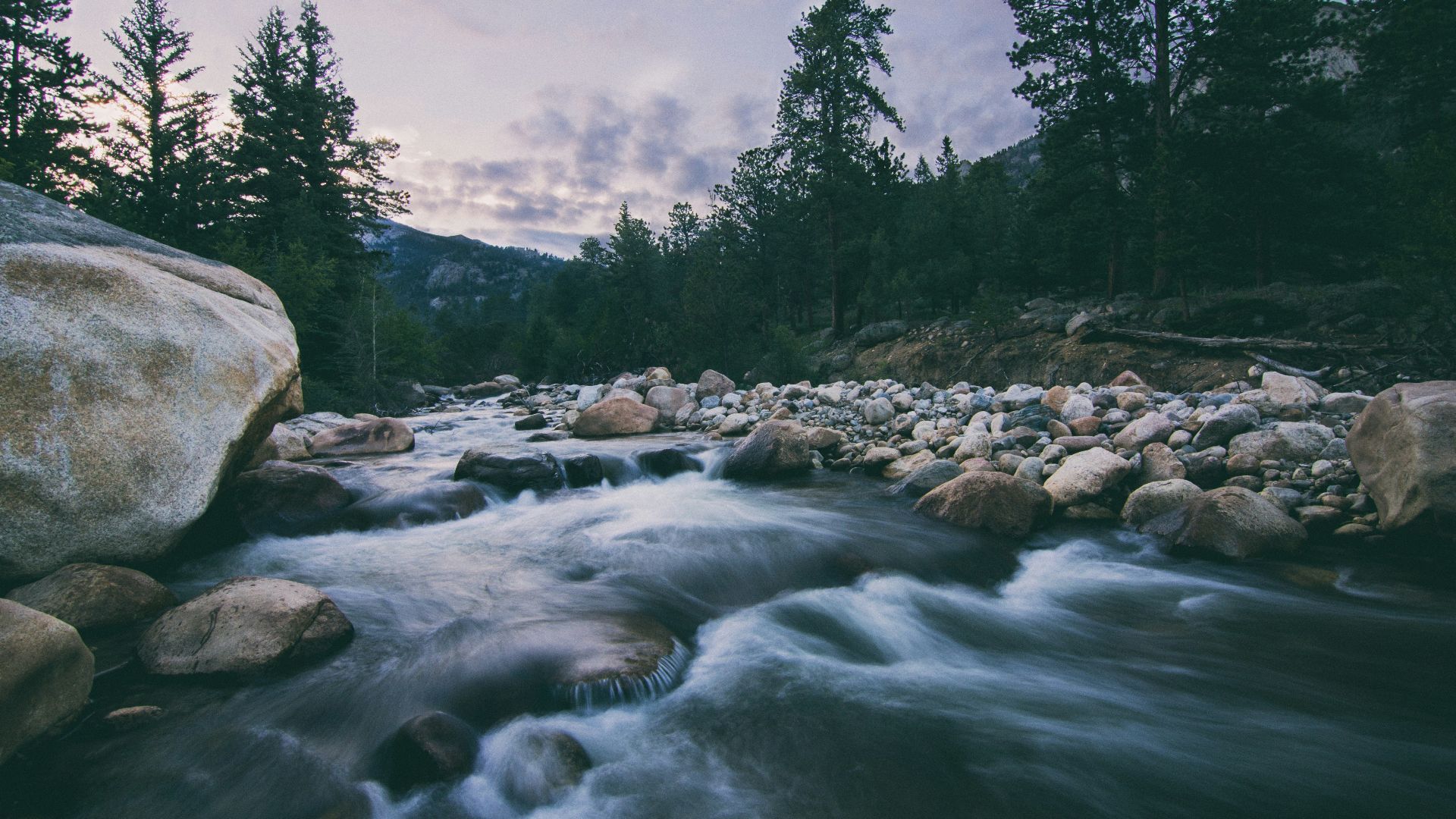 Vanessa Ochotorena on Unsplash
Vanessa Ochotorena on Unsplash
12. Churchyard Caches
During raids or wars, clergy sometimes buried chalices and coins for safekeeping. Some were never recovered. Ground-penetrating radar has revealed odd metal readings in old European churchyards.
13. Beneath Railroad Trestles
Railway workers were paid in coin-heavy pouches, and while walking across the beams, some coins inevitably spilled and were lost. Metal detectors along forgotten bridge foundations in the Midwest often ping, turning up silver and gold coins.
14. Cave Hideouts
Bandits and miners often used caves as vaults. In Nevada, Utah, and even Spain, hobbyists with metal detectors often find some valuable coins scattered in there amidst the rusty tins and broken pickaxes.
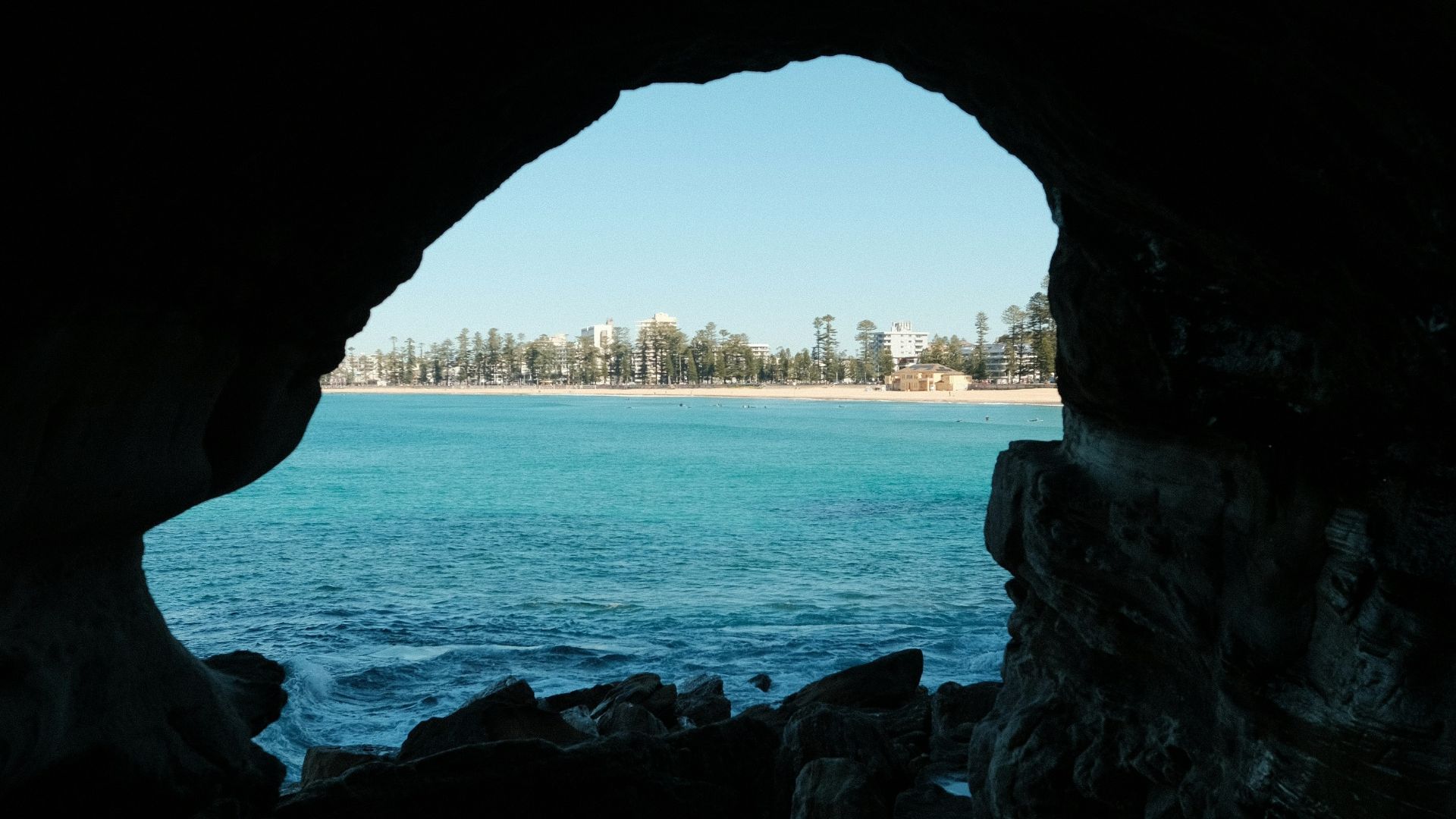 Dominic Kurniawan Suryaputra on Unsplash
Dominic Kurniawan Suryaputra on Unsplash
15. Shipwreck Sites
The Florida “Treasure Coast” still gives up Spanish doubloons after storms shift the sand. Caribbean wrecks carried payroll chests and jewelry trunks, and while most of it has already been recovered, divers sometimes find single coins rolling in the surf.
16. Jeweler’s Workshop Drawers
Retired jewelers often swept gold filings into jars to melt down later on. Only, sometimes they forgot or misplaced the jar. Families cleaning out shops have found containers marked “misc.” worth thousands in scrap gold alone.
17. Plunge Pools Beneath Waterfalls
Gold is quite heavy relative to other metals and drops straight down into bedrock crevices. Prospectors risk icy currents to dredge there, and the payoff can be surprising, with fine flakes and sometimes even nuggets appearing in their pans.
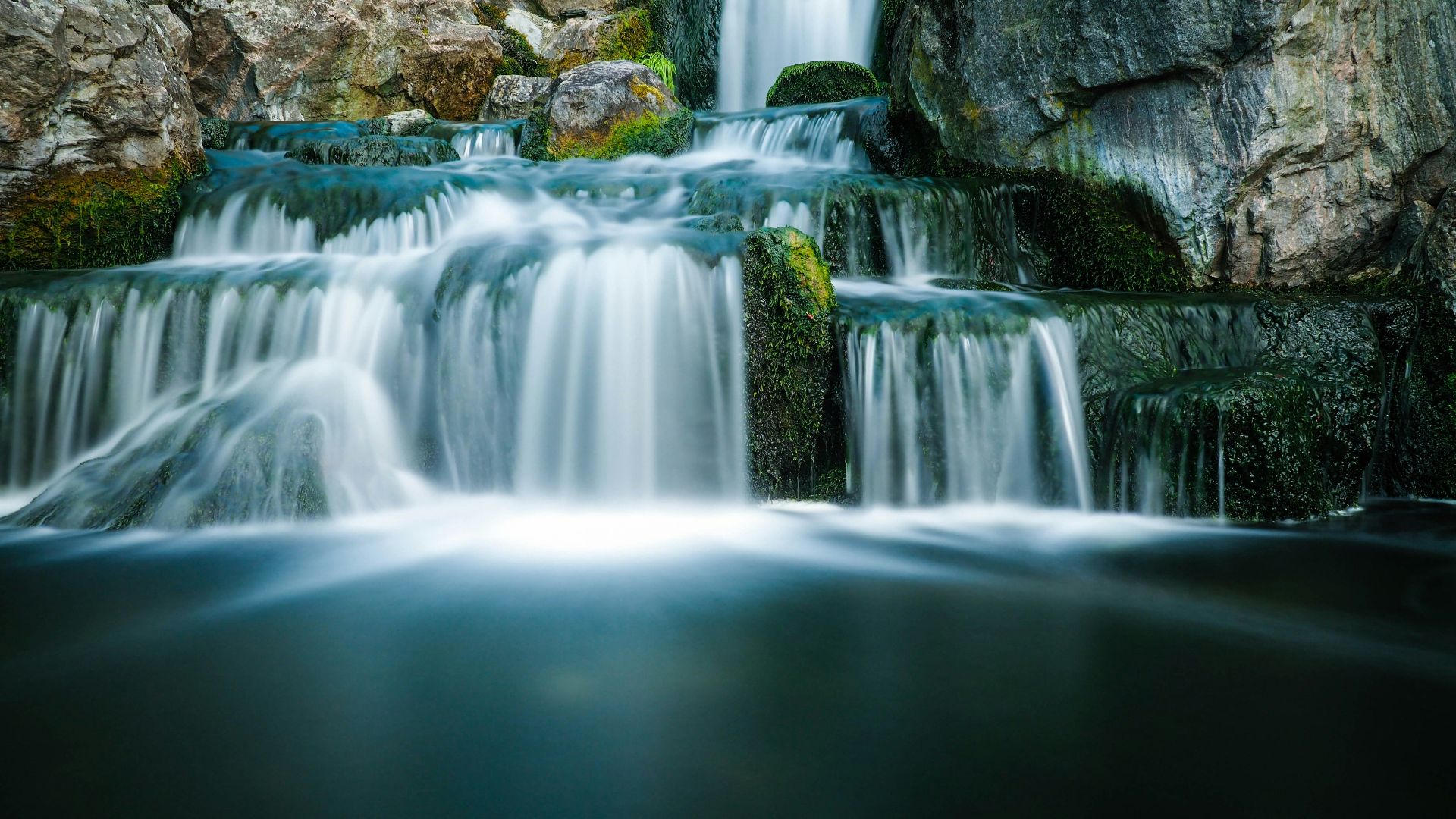 Mike Lewis HeadSmart Media on Unsplash
Mike Lewis HeadSmart Media on Unsplash
18. Under Theater Floorboards
Cash businesses from yesteryear meant coins everywhere. Old playhouses in New York and Chicago have turned up gold pieces that fell through the cracks and remained trapped for a hundred years under the stick boards.
19. Hollowed Family Bibles
More than one Bible has been discovered with coins or jewelry tucked in cut-out cavities. Families hid valuables this way during wartime or lean years, and some were simply never reclaimed.
20. Sidewalk Outside New York Jewelry District
A man once panned the dirt and dust collected along the curb outside the Diamond District in New York City. He found tiny flecks of gold and tiny jewels from dropped scraps in his pan. Not a fortune by any means, but enough to make a story—and a few dollars—from the city pavement.


